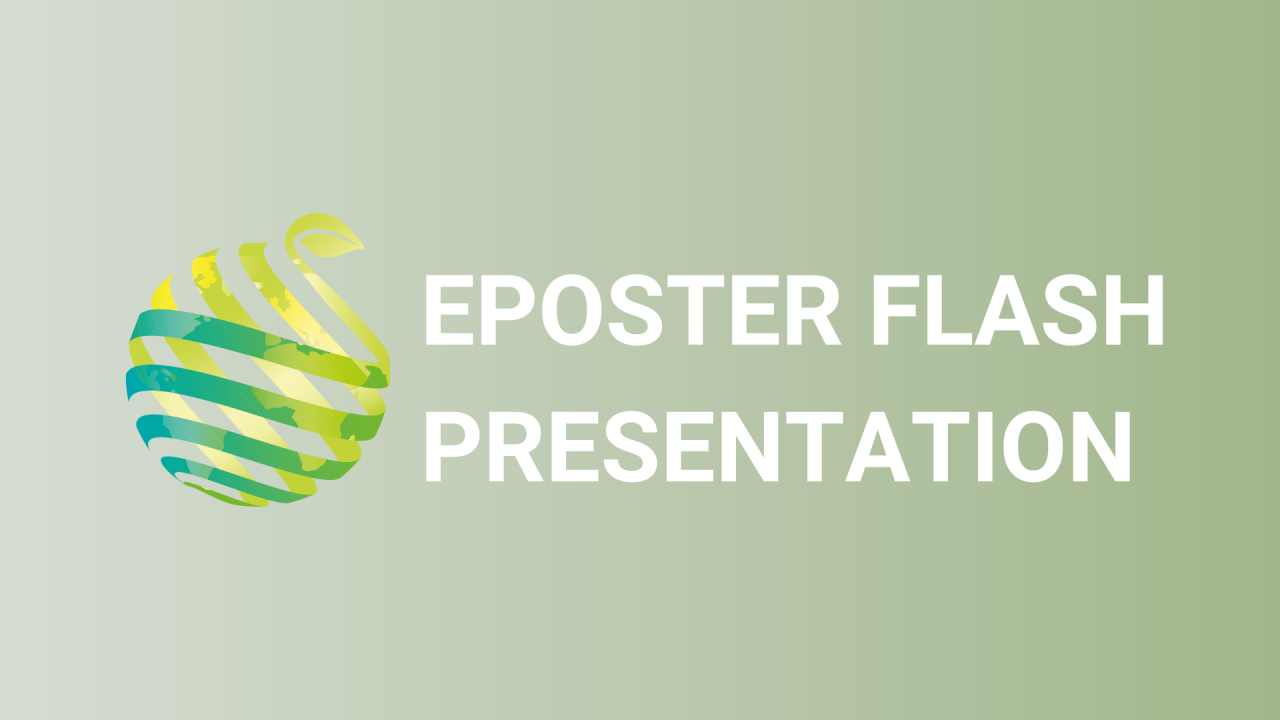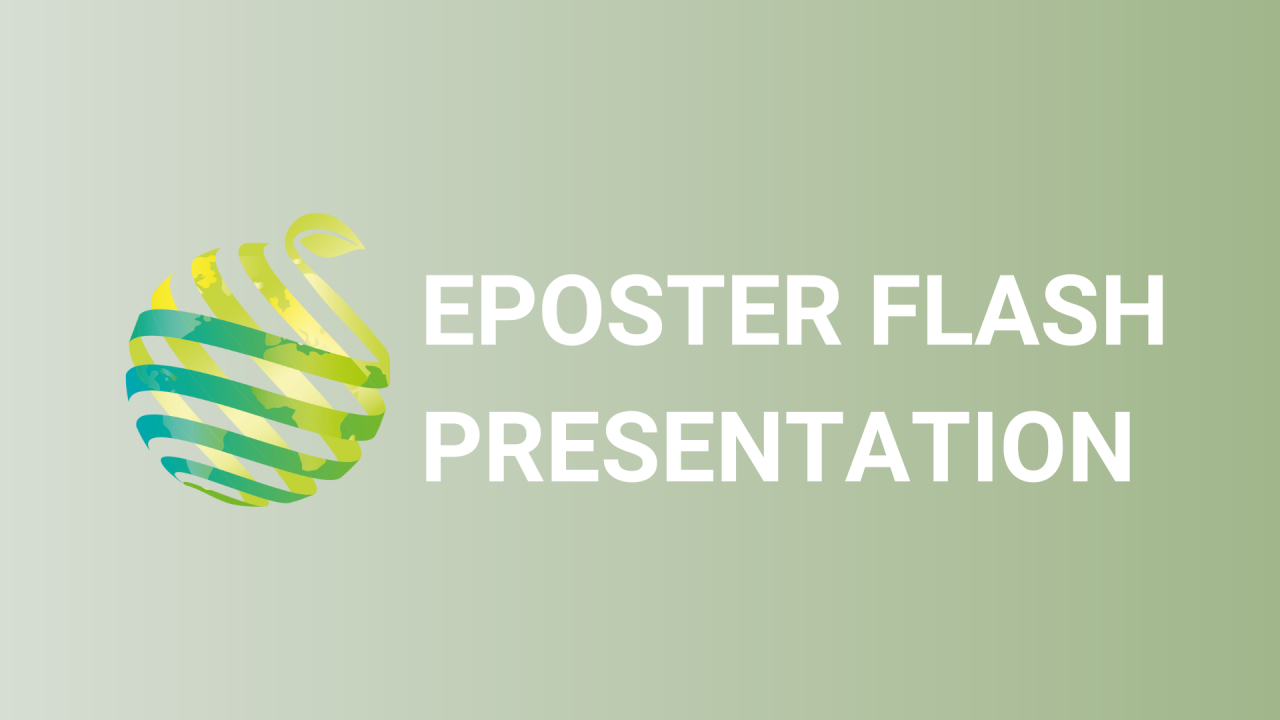

S05 - Session P2 - Germination and development of Zamia furfuraceae (Zamiaceae) under culture conditions and its relationship with cyanobacteria
Information
Authors: Edith Salomé *, Dayan Olmos-Briceño, Nicolás lvarez-Acevedo, José Guadalupe Landaverde, Roxana Mendoza-Rossano
Mexico is one of the main centers of cycad diversity in the world, with the presence of Dioon, Zamia and Ceratozamia (Zamiaceae) genus. Cycads are classified as a priority group for plant conservation in Mexico. Most of them have a high ornamental potential in landscaping, potted plants or as foliage. Zamia furfuracea , although listed in danger of extinction, has a high ornamental appeal and is one of the Mexican cycads with the highest demand in the market. Their wild populations have been affected by habitat loss and illegal harvesting. Therefor it is necessary to generate knowledge about its cultivation, which will contribute to its sustainable use and conservation. Some cycads have specialized roots known as coralloids, the function of these roots is to host nitrogen-fixing cyanobacteria in an endosymbiotic relationship. This allows the cycads, that usually live in rocky and arid areas, to obtain nutrients and to grow faster and more efficiently. This project aimed to evaluate the effect of some cyanobacteria (Nostoc spp., Calothrix spp., etc.) on the germination and development of Zamia furfuracea seedlings. Eight treatments and one control were evaluated, with 12 repetitions, including factors such as mechanical scarification (sanding), inoculation process (immersion and spraying) and time. An analysis of variance was carried out and it was found that there are no significant differences between treatments regarding the days to emergence of the radicle, days to emergence of the first leaf, number of leaves, number of leaflets of the first leaf, length of the root main and number of secondary roots. However, there are statistical differences between treatments, in the amount of coralloid roots generated. The results of this project will contribute to the knowledge about the cultivation of Mexican cycads (benefiting producers of ornamental plants) and will promote their conservation.